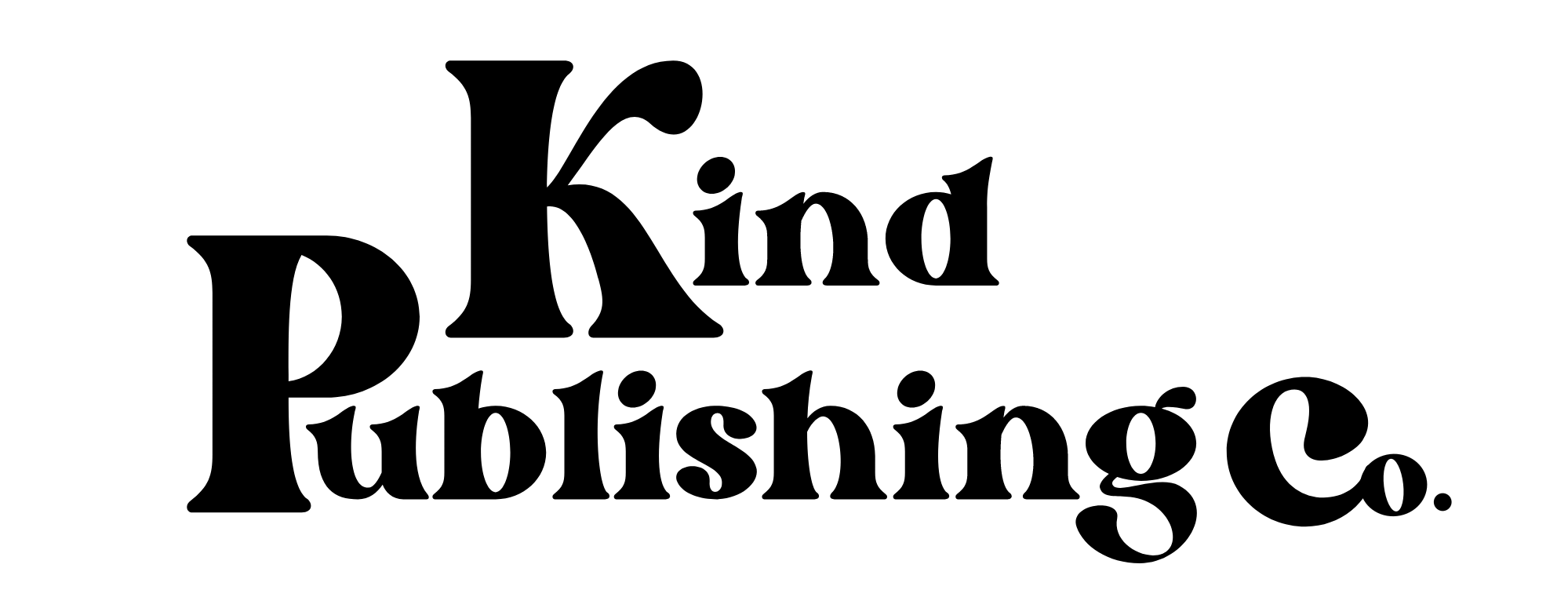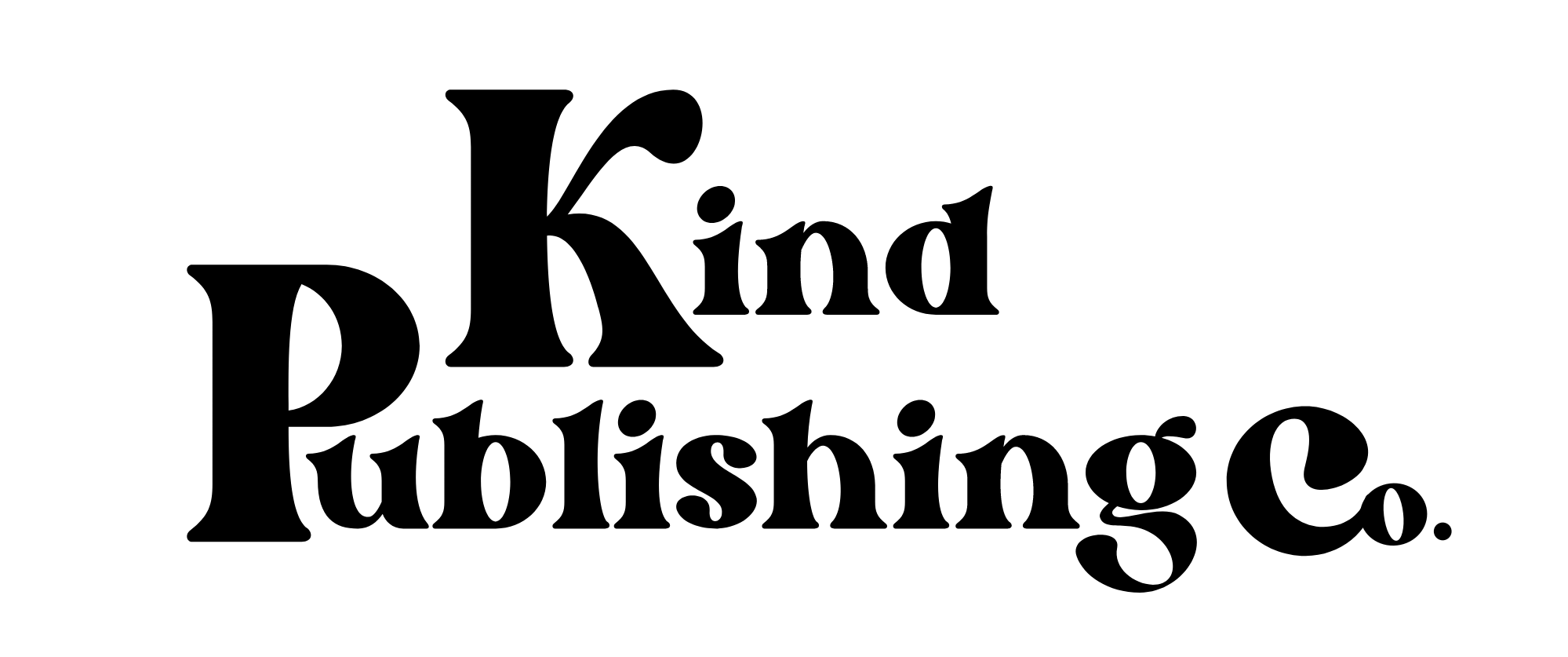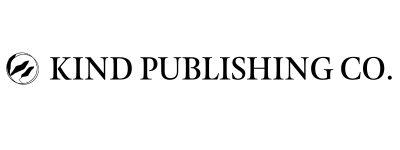Journaling to Come Back to Yourself
Writing is a medicine. It is the antidote to injury. It is an appropriate companion for any difficult change.
—Julia Cameron
I remember as a child wanting a diary with its very own lock and key. I was so excited for my very first one. I always started each entry with” Dear Diary…” because I thought that was what I was supposed to do. I always thought that I needed to write specific things or it had to be a certain way. My journaling never took off because I was always trying to be perfect or follow the rules and so this went on for years.
As the years went by, I kept going back to my journaling practice. When I embraced my love for journaling and let go of any expectations of how I thought journaling “should” be, my words flew onto the paper. I found it to be a peaceful practice, and after I wrote, I felt lighter—as if the thoughts weighing on my mind weren’t so heavy anymore.
Morning Pages
I’ve tried so many different ways of writing. Trying one way after another until I found what worked for me. It turns out, Morning Pages was the best practice for me.
Morning Pages is a practice Julia Cameron speaks about in her book The Artist’s Way. Essentially, you write three pages of stream consciousness writing first thing in the morning.
I’ve been able to discover patterns and thoughts I didn’t realize I had due to this.
Most recently, I realized that I needed to get back to my Morning Pages practice. I started to notice my anxiety rising, my thoughts clouded, and I was just stressed over all. For me the practice of journaling has always helped me sort out my thoughts and work through my feelings. At times I would notice a pattern or get an answer to a question I had a few days ago through my writing. There are days that my entries will only have to-do lists and others will consist of thoughts and feelings I have been holding back.
Journal writing, when it becomes a ritual for transformation, is not only life-changing but life-expanding.
—Jennifer Williamson
Journaling in many ways is a meditative practice. It can look different for everyone and can be customized to your preferences and lifestyle. Even if you’re finding it not to be easy, I encourage you to keep going—try different methods of approaching your writing. I tried prompt filled journaling and the classic form; just free writing. My favorite approach has remained Morning Pages.
On Record
One of my favorite things about keeping journals is you can always look back at past entries and books.. You get to see how much you’ve grown over the years. And in my case, because I’ve kept up with the practice, I get to see how I went from being a naive teenager to an adult. I’ve been able to document gratitude periods of growth, and essentially coming back to myself. Journaling helps me get out of my head, and although it was hard to start the habit, I am glad I’m fitting it back in my life.
People who keep journals live twice.
—Jessamyn West
In the grand scheme of things journaling is great for the soul. It can bring to light so much good and so much healing. The great thing about journaling is that it can be done anywhere and any way. From art journaling to using a prompt journal, or any of the other ways listed above. It’s good for the soul. The best part: you have all the stories of your life to remember and pass on.
Documenting the little details of your everyday life becomes a celebration of who you are.
—Carolyn V Hamilton
- Emotional Health
- Jun, 23, 2022






